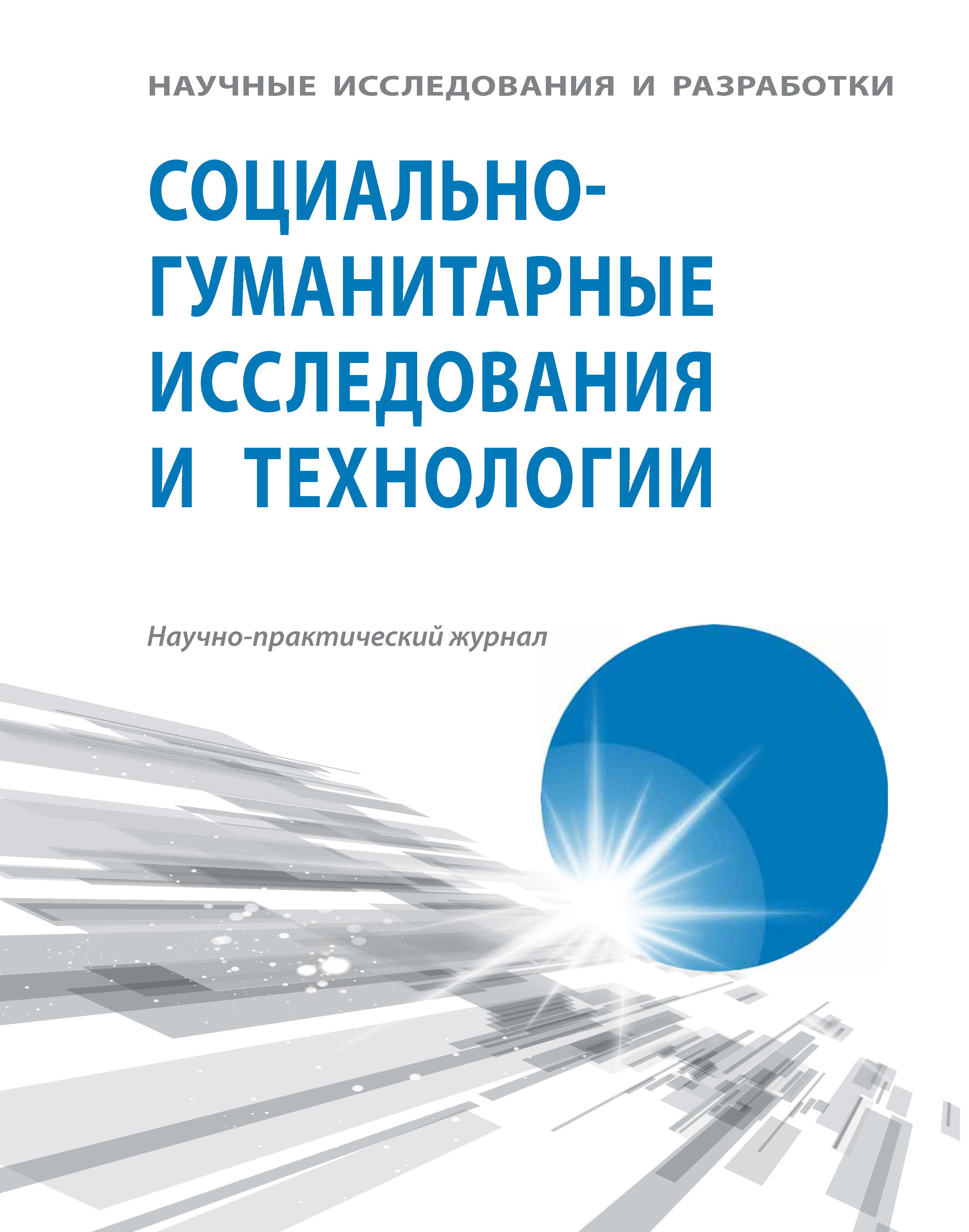Russian Federation
Moskva, Moscow, Russian Federation
Russian Federation
According to the World Health Organization, about one fifth of the total number of people with disabilities are people with lesions of the musculoskeletal system, which occurred as a result of various injuries in adulthood. In their psychological essence, they are the cause of a serious and hard-lived non-regulatory crisis of personal development, which requires from her enormous internal efforts to restore optimal interaction with other people and with society as a whole. The defeat of the musculoskeletal system necessarily entails a violation of the morphological and functional characteristics of a person, which also causes a change in his perception of his body. In this regard, the basis for correcting the psychological status of persons with disabilities (HIA) should be to eliminate the distortion of ideas about their body, ensure that they take on their appearance, develop the desire to compensate for physical limitations that have arisen after injury and neutralize feelings of inferiority. Formation of a positive attitude to the perception of the personality of your body is designed to ensure a reduction in the level of depression, anxiety, feelings of hopelessness, activation of the life plans of the individual and her ability to overcome life difficulties. Achieving a state of adaptation depends on the resources of the individual himself, who has beco me disabled as a result of physical trauma and on the effectiveness of specially organized psychological influences carried out in the process of implementing trainings aimed at developing a positive attitude towards perception of one’s body. The high efficiency of the complex of trainings was shown: development training of compensatory abilities, “temporary perspective”, art therapy training.
adaptation mechanisms, perception of one’s body, persons with disabilities, personality, damage to the musculoskeletal system, HIA, self-perception, trauma, physical condition
1. Kaminskaya N.A., Ajlamazyan A.M. Issledovaniya obraza fizicheskogo «Ya» v razlichnyh psihologicheskih shkolah // Nacional'nyj psihologicheskij zhurnal. - 2015. - № 3(19). - S.45-55. DOI: https://doi.org/10.11621/npj.2015.0305; EDN: https://elibrary.ru/XABVNL
2. Larionova S.A. Social'no-psihologicheskaya adaptaciya lichnosti: teoreticheskaya model' i diagnostika. - Belgorod, 2002. -200 s.
3. Leont'ev D.A., Mandrikova E.Yu., Osin E.N., Plotnikova A.V., Ras¬skazova E.I. Opyt strukturnoj diagnostiki lichnostnogo po-tenciala // Psihologicheskaya diagnostika. - 2007. - № 1. - S. 8-31.
4. Lisina M.I. Obshchenie, lichnost' i psihika. Voronezh, 1997. - 316s.
5. Lukashenko D.V. Sistemnyj podhod k adaptacii lichnosti // Chelovecheskij kapital. - 2016. - № 1 (85). - S. 71-72. EDN: https://elibrary.ru/VQWWJJ
6. Lukashenko D.V. Adaptivnyj potencial kak sposobnost' lichnosti // Chelovecheskij kapital. - 2015. - №. 10 (82). - S. 88-90. EDN: https://elibrary.ru/VQWVTF
7. Luriya R.A. Vnutrennyaya kartina bolezni i yatrogennye zabolevaniya. Moskva, 1977. - 110 s.
8. Maklakov A.G. Lichnostnyj adaptacionnyj potencial: ego mobilizaciya i prognozirovanie v ekstremal'nyh usloviyah // Psihologicheskij zhurnal. - 2001. - T. 22. - № 1. - S. 16-24.
9. Bonkalo T.I., Shmeleva S.V., Zavarzina O.O., Dubrovinskaya Ye.I., Orlova Yu.L. Peculiarities of interactions within sibling subsystem of a family raising a child with disabilities. Research Journal of Pharmaceutical, Biological and Chemical Sciences. 2016; 7(1): 1929-1937. EDN: https://elibrary.ru/VCDGAH
10. Makhov A.S., Stepanova O.N., Shmeleva S.V., Petrova E.A., Dubrovinskaya E.I. Planning and Organization of Sports Competitions for Disabled People: Russian Experience. Biosciences biotechnology research Asia. 2015. Vol. 12(1) pp. 34-44. DOI: https://doi.org/10.13005/bbra/1735; EDN: https://elibrary.ru/TRHMOZ
11. Strelkov V.I., Zavarzina O.O., Shmeleva S.V., Kartashev V.P., Savchenko D.V. Psychological barriers in college teacherʼs career «Helping professions». Research Journal of Pharmaceutical, Biological and Chemical Sciences. 2016; 7(1):1938-1945. EDN: https://elibrary.ru/VCDFDZ






